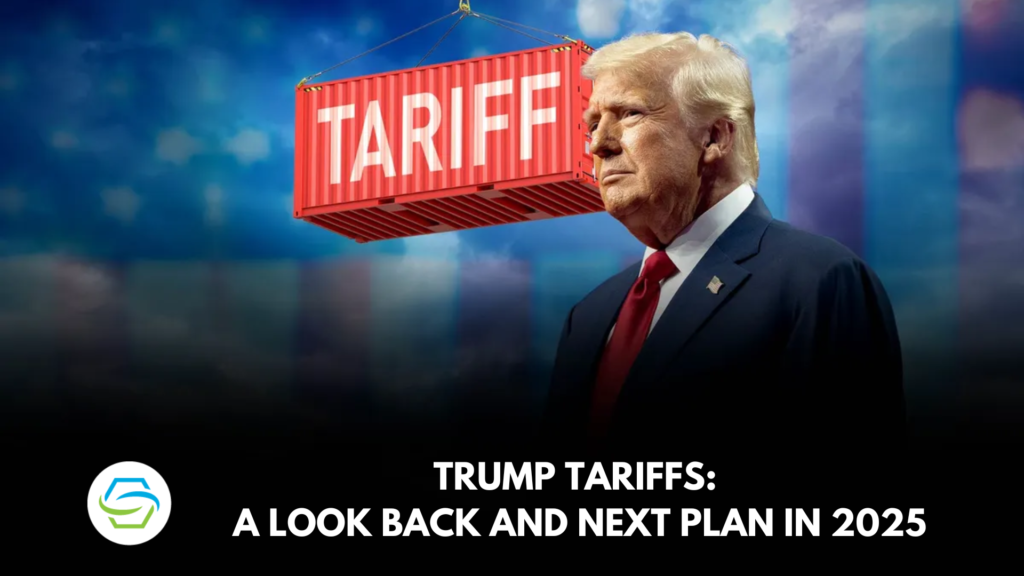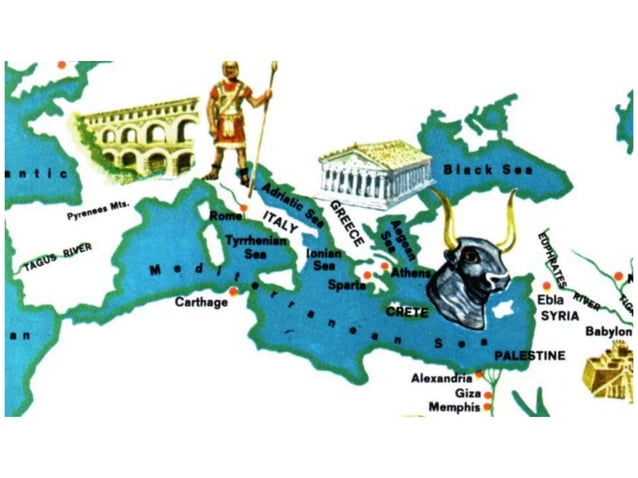Europe And The Resumption Of Trump Tariffs: A Comprehensive Analysis

Table of Contents
Historical Context of Trump Tariffs on Europe
The Initial Imposition of Tariffs (2018-2020):
The initial wave of Trump tariffs on European goods, implemented between 2018 and 2020, stemmed from a combination of factors, including concerns about national security (particularly regarding steel and aluminum imports) and perceived trade imbalances. The administration argued that these tariffs were necessary to protect American industries from unfair competition and bolster domestic production. This justification, however, was met with significant criticism from European allies who viewed the tariffs as protectionist and a violation of international trade agreements.
- Specific examples of tariffs imposed: The Trump administration imposed a 25% tariff on steel imports and a 10% tariff on aluminum imports from several countries, including those in the European Union. Further tariffs targeted specific European goods in response to perceived unfair trade practices.
- Key affected European industries and their responses: The steel and aluminum industries in Europe were significantly impacted, leading to job losses and reduced production. European companies responded by lobbying their governments for support, exploring alternative markets, and initiating legal challenges through the World Trade Organization (WTO).
- Overview of EU counter-measures: The EU retaliated by imposing its own tariffs on a range of American goods, including agricultural products and motorcycles, in an effort to offset the economic damage caused by the Trump tariffs. These retaliatory measures further escalated trade tensions between the US and the EU. This period became known as a significant period of "Trump trade war" between the two major economic powers.
Potential Economic Impact of Resumed Tariffs
Impact on Specific Sectors:
A resumption of Trump tariffs would have severe consequences for several key European sectors.
-
Automotive: The automotive industry, a major exporter to the US, would face significant challenges, potentially leading to job losses and reduced production. Increased costs from tariffs could also make European cars less competitive in the American market.
-
Aerospace: The aerospace sector, already facing its own challenges, would be further burdened by increased costs and reduced competitiveness. Supply chain disruptions could also hinder production and innovation.
-
Agriculture: European agricultural producers who export to the US, particularly in areas like dairy and wine, would be severely affected by tariffs, potentially leading to farm closures and job losses in rural communities.
-
Potential job losses in affected industries: Estimates of job losses vary, but even moderate tariff increases could result in significant job losses across various sectors, particularly in manufacturing and agriculture.
-
Increased consumer prices due to higher import costs: Tariffs would likely lead to increased prices for consumers in both the US and Europe, impacting household budgets and reducing purchasing power.
-
Disruptions to supply chains: Tariffs could further complicate already complex global supply chains, leading to delays and increased costs for businesses.
Macroeconomic Consequences for Europe:
The macroeconomic consequences of resumed Trump tariffs for Europe could be substantial.
- GDP growth projections with and without tariffs: Economists predict a noticeable decrease in GDP growth in Europe if tariffs are reimposed, as decreased exports and investment dampen economic activity.
- Potential inflationary pressures: Higher import costs from tariffs could contribute to inflationary pressures, potentially eroding consumer spending and economic growth.
- Impact on foreign direct investment: Uncertainty surrounding trade policy could deter foreign direct investment into Europe, further slowing economic growth. The "economic impact of tariffs" is a significant factor to consider for economic forecasting.
Geopolitical Implications and Responses
Transatlantic Relations:
A resumption of Trump tariffs would severely damage already strained transatlantic relations.
- Impact on NATO and other strategic alliances: Increased trade tensions could spill over into other areas of cooperation, potentially weakening alliances like NATO and undermining joint efforts on issues like climate change and security.
- Potential for closer EU-China trade ties: The EU may seek to strengthen its trade ties with China as an alternative to the US market, potentially shifting the global balance of power.
- Strengthening of EU trade policy independence: The EU may accelerate its efforts to develop a more independent and assertive trade policy, reducing its reliance on the US market.
EU Response Strategies:
The EU is likely to pursue a range of strategies to respond to any resumption of Trump tariffs.
- Examples of potential retaliatory tariffs: The EU could reimpose or expand its own tariffs on American goods, targeting sectors particularly sensitive to trade disruptions.
- Likelihood of WTO intervention: The EU could initiate WTO dispute settlement procedures, arguing that the US tariffs are inconsistent with international trade rules.
- Exploring trade diversification strategies: The EU would likely intensify efforts to diversify its trade partnerships, reducing its dependence on the US market and exploring new opportunities with other countries.
Keyword Optimization: Terms like "geopolitical risks," "transatlantic relations," "EU trade policy," and "WTO dispute" are relevant here.
Conclusion
The potential resumption of Trump tariffs on Europe presents significant economic and geopolitical risks. The analysis reveals potential negative impacts on various sectors, increased inflationary pressures, and a further deterioration of transatlantic relations. The EU is likely to respond with a combination of retaliatory measures, WTO challenges, and diversification strategies. Understanding the complex interplay of factors influencing EU-US trade relations is crucial.
Businesses and policymakers need to carefully monitor the situation regarding the potential resumption of Trump tariffs. Proactive planning and adaptation to potential changes in trade policy are crucial for mitigating negative impacts and capitalizing on new opportunities. Further research into the intricacies of Trump-era trade policies and their consequences is vital for informed decision-making.

Featured Posts
-
 New Leonardo Di Caprio Spy Thriller Streaming On Netflix
May 13, 2025
New Leonardo Di Caprio Spy Thriller Streaming On Netflix
May 13, 2025 -
 Experiences That Will Blow Your Mind Unforgettable Adventures Around The World
May 13, 2025
Experiences That Will Blow Your Mind Unforgettable Adventures Around The World
May 13, 2025 -
 I Geologiki Istoria Toy Megaloy Kataklysmoy Tis Mesogeioy
May 13, 2025
I Geologiki Istoria Toy Megaloy Kataklysmoy Tis Mesogeioy
May 13, 2025 -
 The Unexpected Success Story A Gerard Butler Films Rise On Netflix
May 13, 2025
The Unexpected Success Story A Gerard Butler Films Rise On Netflix
May 13, 2025 -
 Blow Your Mind The Ultimate Guide To Extraordinary Experiences
May 13, 2025
Blow Your Mind The Ultimate Guide To Extraordinary Experiences
May 13, 2025
Latest Posts
-
 Tory Lanez Allegedly Sabotaged Megan Thee Stallions Deposition A Deep Dive
May 13, 2025
Tory Lanez Allegedly Sabotaged Megan Thee Stallions Deposition A Deep Dive
May 13, 2025 -
 Public Outrage Examining The Kim Kardashian Swim Campaign And Tory Lanez Music Selection
May 13, 2025
Public Outrage Examining The Kim Kardashian Swim Campaign And Tory Lanez Music Selection
May 13, 2025 -
 Tory Lanezs Heated Exchange With Lawyer In Megan Thee Stallion Case
May 13, 2025
Tory Lanezs Heated Exchange With Lawyer In Megan Thee Stallion Case
May 13, 2025 -
 Controversy Erupts Kim Kardashians Swim Campaign And The Tory Lanez Song
May 13, 2025
Controversy Erupts Kim Kardashians Swim Campaign And The Tory Lanez Song
May 13, 2025 -
 Tory Lanez Attacks Lawyer During Megan Thee Stallion Trial
May 13, 2025
Tory Lanez Attacks Lawyer During Megan Thee Stallion Trial
May 13, 2025
